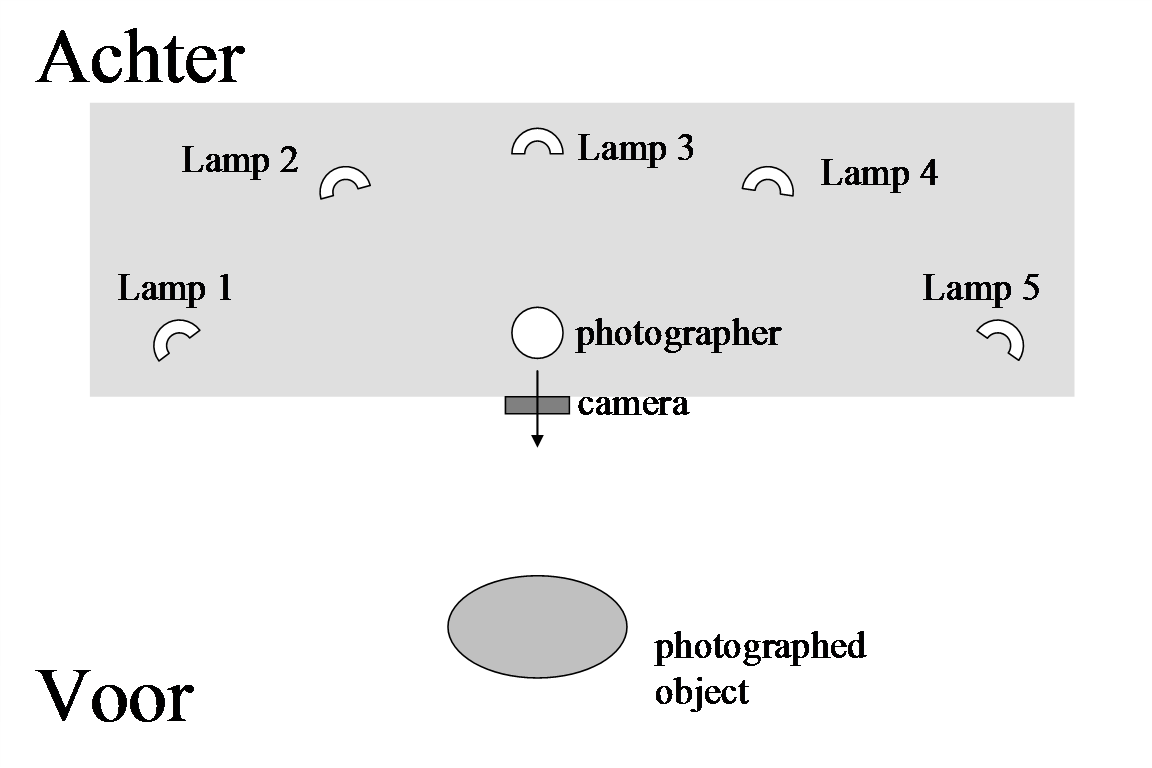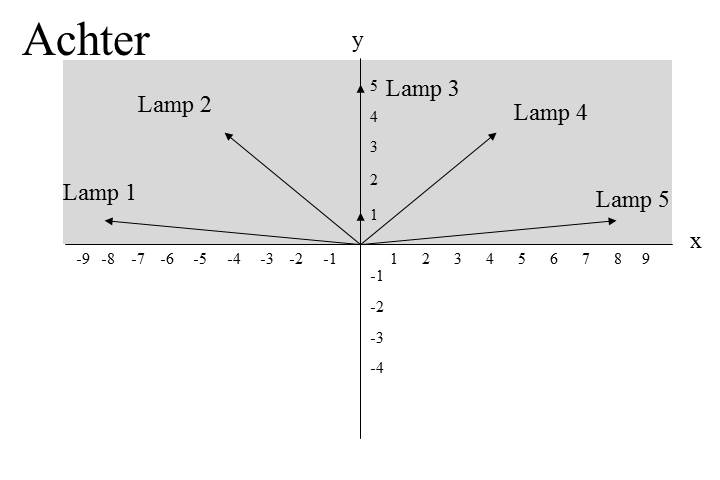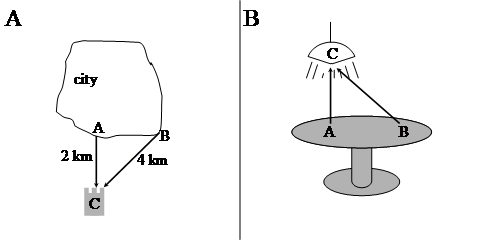- Dutch
- Frisian
- Saterfrisian
- Afrikaans
-
- Syntax
- Preface and acknowledgements
- Verbs and Verb Phrases
- 1 Characterization and classification
- 2 Projection of verb phrases I:Argument structure
- 3 Projection of verb phrases II:Verb frame alternations
- Introduction
- 3.1. Main types
- 3.2. Alternations involving the external argument
- 3.3. Alternations of noun phrases and PPs
- 3.3.1. Dative/PP alternations (dative shift)
- 3.3.1.1. Dative alternation with aan-phrases (recipients)
- 3.3.1.2. Dative alternation with naar-phrases (goals)
- 3.3.1.3. Dative alternation with van-phrases (sources)
- 3.3.1.4. Dative alternation with bij-phrases (possessors)
- 3.3.1.5. Dative alternation with voor-phrases (benefactives)
- 3.3.1.6. Conclusion
- 3.3.1.7. Bibliographical notes
- 3.3.2. Accusative/PP alternations
- 3.3.3. Nominative/PP alternations
- 3.3.1. Dative/PP alternations (dative shift)
- 3.4. Some apparent cases of verb frame alternation
- 3.5. Bibliographical notes
- 4 Projection of verb phrases IIIa:Selection of clauses/verb phrases
- 5 Projection of verb phrases IIIb:Argument and complementive clauses
- Introduction
- 5.1. Finite argument clauses
- 5.2. Infinitival argument clauses
- 5.3. Complementive clauses
- 6 Projection of verb phrases IIIc:Complements of non-main verbs
- 7 Projection of verb phrases IIId:Verb clusters
- 8 Projection of verb phrases IV: Adverbial modification
- 9 Word order in the clause I:General introduction
- 10 Word order in the clause II:Position of the finite verb (verb-first/second)
- 11 Word order in the clause III:Clause-initial position (wh-movement)
- Introduction
- 11.1. The formation of V1- and V2-clauses
- 11.2. Clause-initial position remains (phonetically) empty
- 11.3. Clause-initial position is filled
- 12 Word order in the clause IV:Postverbal field (extraposition)
- 13 Word order in the clause V: Middle field (scrambling)
- 14 Main-clause external elements
- Nouns and Noun Phrases
- 1 Characterization and classification
- 2 Projection of noun phrases I: complementation
- Introduction
- 2.1. General observations
- 2.2. Prepositional and nominal complements
- 2.3. Clausal complements
- 2.4. Bibliographical notes
- 3 Projection of noun phrases II: modification
- Introduction
- 3.1. Restrictive and non-restrictive modifiers
- 3.2. Premodification
- 3.3. Postmodification
- 3.3.1. Adpositional phrases
- 3.3.2. Relative clauses
- 3.3.3. Infinitival clauses
- 3.3.4. A special case: clauses referring to a proposition
- 3.3.5. Adjectival phrases
- 3.3.6. Adverbial postmodification
- 3.4. Bibliographical notes
- 4 Projection of noun phrases III: binominal constructions
- Introduction
- 4.1. Binominal constructions without a preposition
- 4.2. Binominal constructions with a preposition
- 4.3. Bibliographical notes
- 5 Determiners: articles and pronouns
- Introduction
- 5.1. Articles
- 5.2. Pronouns
- 5.3. Bibliographical notes
- 6 Numerals and quantifiers
- 7 Pre-determiners
- Introduction
- 7.1. The universal quantifier al 'all' and its alternants
- 7.2. The pre-determiner heel 'all/whole'
- 7.3. A note on focus particles
- 7.4. Bibliographical notes
- 8 Syntactic uses of noun phrases
- Adjectives and Adjective Phrases
- 1 Characteristics and classification
- 2 Projection of adjective phrases I: Complementation
- 3 Projection of adjective phrases II: Modification
- 4 Projection of adjective phrases III: Comparison
- 5 Attributive use of the adjective phrase
- 6 Predicative use of the adjective phrase
- 7 The partitive genitive construction
- 8 Adverbial use of the adjective phrase
- 9 Participles and infinitives: their adjectival use
- 10 Special constructions
- Adpositions and adpositional phrases
- 1 Characteristics and classification
- Introduction
- 1.1. Characterization of the category adposition
- 1.2. A formal classification of adpositional phrases
- 1.3. A semantic classification of adpositional phrases
- 1.3.1. Spatial adpositions
- 1.3.2. Temporal adpositions
- 1.3.3. Non-spatial/temporal prepositions
- 1.4. Borderline cases
- 1.5. Bibliographical notes
- 2 Projection of adpositional phrases: Complementation
- 3 Projection of adpositional phrases: Modification
- 4 Syntactic uses of the adpositional phrase
- 5 R-pronominalization and R-words
- 1 Characteristics and classification
- Coordination and Ellipsis
- Nouns and noun phrases (JANUARI 2025)
- 15 Characterization and classification
- 16 Projection of noun phrases I: Complementation
- 16.0. Introduction
- 16.1. General observations
- 16.2. Prepositional and nominal complements
- 16.3. Clausal complements
- 16.4. Bibliographical notes
- 17 Projection of noun phrases II: Modification
- 17.0. Introduction
- 17.1. Restrictive and non-restrictive modifiers
- 17.2. Premodification
- 17.3. Postmodification
- 17.3.1. Adpositional phrases
- 17.3.2. Relative clauses
- 17.3.3. Infinitival clauses
- 17.3.4. A special case: clauses referring to a proposition
- 17.3.5. Adjectival phrases
- 17.3.6. Adverbial postmodification
- 17.4. Bibliographical notes
- 18 Projection of noun phrases III: Binominal constructions
- 18.0. Introduction
- 18.1. Binominal constructions without a preposition
- 18.2. Binominal constructions with a preposition
- 18.3. Bibliographical notes
- 19 Determiners: Articles and pronouns
- 19.0. Introduction
- 19.1. Articles
- 19.2. Pronouns
- 19.3. Bibliographical notes
- 20 Numerals and quantifiers
- 20.0. Introduction
- 20.1. Numerals
- 20.2. Quantifiers
- 20.2.1. Introduction
- 20.2.2. Universal quantifiers: ieder/elk ‘every’ and alle ‘all’
- 20.2.3. Existential quantifiers: sommige ‘some’ and enkele ‘some’
- 20.2.4. Degree quantifiers: veel ‘many/much’ and weinig ‘few/little’
- 20.2.5. Modification of quantifiers
- 20.2.6. A note on the adverbial use of degree quantifiers
- 20.3. Quantitative er constructions
- 20.4. Partitive and pseudo-partitive constructions
- 20.5. Bibliographical notes
- 21 Predeterminers
- 21.0. Introduction
- 21.1. The universal quantifier al ‘all’ and its alternants
- 21.2. The predeterminer heel ‘all/whole’
- 21.3. A note on focus particles
- 21.4. Bibliographical notes
- 22 Syntactic uses of noun phrases
- 23 Referential dependencies (binding)
- Syntax
-
- General
Section 1.3.1.1 has shown that a locational adposition situates the located object in space relative to the reference object. However, instead of placing the located object in a specific position, the adposition locates it in a region. The PP achter de camera in (3a) denotes the complete grey area in Figure 1. This is clear from the fact that the located object need not occupy a specific point in space, as in (3a), but can also be more dispersed, as in (3b); see the more extensive discussion of this figure in Section 1.3.1.1, sub III.
| a. | De fotograaf | staat | achter de camera. | |
| the photographer | stands | behind the camera |
| b. | De lampen | staan | achter de camera. | |
| 'the lamps stand behind the camera' | ||||

The region denoted by the adpositional phrase can be restricted by making use of modifiers. The use of a modifier like recht'straight' in (4a), for example, restricts the region such that only the noun phrases de fotograaf and lamp 3 can be substituted for “NP”. The use of a modifier like vlak'right' in (4b) restricts the region such that, under the right pragmatic conditions, only the noun phrase de fotograaf can be substituted for “NP”.
| a. | NP staat | recht | achter de camera. | |
| NP stands | straight | behind the camera | ||
| 'NP is straight behind the camera.' | ||||
| b. | NP staat | vlak | achter de camera. | |
| NP stands | right | behind the camera | ||
| 'NP is right behind the camera.' | ||||
The difference between modifiers like recht 'straight' and vlak 'right' is that the former specifies the spatial relation between the located and the reference object with respect to the orientation, whereas the latter specifies the distance between the two. That these two kinds of modifications are possible is not a coincidence; Section 1.3.1.1 suggested that, instead of referring to a region, locational PPs can be considered to denote sets of vectors that take the reference object as their starting point, as in the more abstract representation of the situation in Figure 1 given in Figure 2, which is also taken from Section 1.3.1.1, sub Section 1.3.1.1, sub III.

The PP achter de camera denotes the set of vectors V‹x,y› that originate in (0,0) (= the position of the camera), and have their endpoint somewhere in the grey area, that is, for which y > 0. Modifiers are used to restrict this set. The modifiers of orientation select a subset on the basis of the direction of the vectors: the modifier recht'straight' in (4a) selects the subset of vectors for which x = 0, whereas the modifier schuin'diagonally' would select the vectors for which x ≠ 0. The modifiers of distance select a subset on the basis of the magnitude (length) of the vector: the modifier vlak'right' in (4b) restricts the set of vectors to those that are smaller than a certain contextually given magnitude m, whereas the modifier ver'far' restricts the set to those vectors that are longer than a certain contextually given magnitude m', where m < m'.
In the examples above, the reference object is represented as a point in space. The vector approach to prepositions becomes slightly more complicated if the reference object is represented as a three-dimensional object. Consider the examples in (5). Example (5a) can refer to the situation in Figure 3A if the nominal modifier is twee kilometer but not if it is vier kilometer. Similarly, (5b) can refer to Figure 3B if the adjectival modifier is recht, but not if it is schuin. The contrasts found in (5) would of course be unexpected if the vectors  and
and  were both part of the vector set denoted by the adpositional phrases. This suggests that some minimality requirement is involved: only the shortest vectors that go from the reference object to the located object are part of the set denoted by the adpositional phrase.
were both part of the vector set denoted by the adpositional phrases. This suggests that some minimality requirement is involved: only the shortest vectors that go from the reference object to the located object are part of the set denoted by the adpositional phrase.
| a. | Het kasteel | staat | twee/#vier | kilometer | buiten de stad. | |
| the castle | stands | two/four | kilometers | outside the city |
| b. | De lamp | hangt | recht/#schuin | boven de tafel. | |
| the lamp | hangs | straight/diagonally | above the table |

Note in passing that the modifier recht in (5b) can also be used to express that the lamp is situated right above the center of the table. This may follow if we assume that, under that reading, the table is in fact mentally represented as a point in space, but we will not dwell on this.
Now that we have recapitulated the basic aspects of vector theory, we can discuss modification of spatial adpositional phrases. We will show in Section 3.1.2 that vector theory provides us with a proper understanding of the modification possibilities: PPs headed by prepositions that denote sets of vectors can be modified for orientation and distance, which is clearly connected to the fact that vectors have an orientation and a magnitude. Given the fact that the null vector lacks these properties (the magnitude of the null vector is zero, and the vector therefore does not have an orientation either), it is to be expected that locational PPs that denote the null vector cannot be modified by modifiers of orientation or distance. Section 3.1.3 will show that, despite seeming counterexamples, this prediction is indeed borne out. Section 3.1.4, finally, discusses modification of directional adpositional phrases. It will be shown that in this case the possibilities are restricted to modifiers that express to what extent the implied path has actually been covered.
